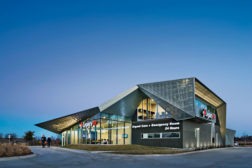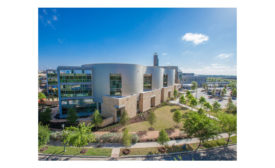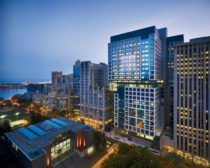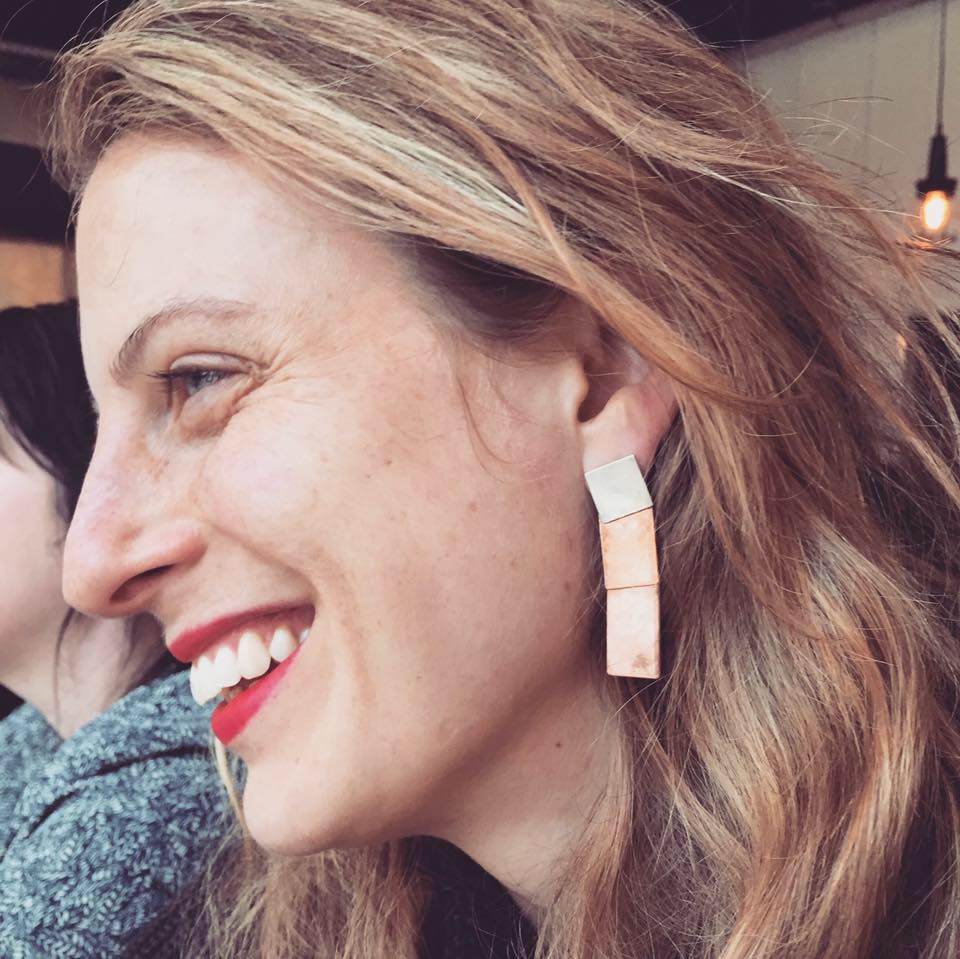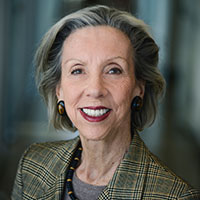Health Care Design
Rey Juan Carlos Hospital
The Royal Treatment: Rafael de La-Hoz Arquitectos crafts a serenely restorative environment for Madrid's Rey Juan Carlos Hospital.
Read More
Arizona State University Student Health Services
A Prescription for Campus Care: Lake|Flato renovates and expands an outdated health-services facility at Arizona State University, Tempe.
Read More
Memorial Sloan-Kettering Cancer Center, Brooklyn Infusion Center
Healing Close to Home: A treatment center by ZGF Architects brings patient-focused cancer care to New York's most populous borough.
Read More
UCLA Outpatient Surgery and Medical Building
Light Touch: The Corbusian pavilions of the UCLA Outpatient Surgery and Medical Building, by Michael W. Folonis Architects, bring daylight to the patient experience.
Read More
Massachusetts General Hospital, The Lunder Building
Tight Site: NBBJ introduces light and views into a new building at Massachusetts General Hospital.
Read More
Paul S. Russell, MD Museum of Medical History and Innovation
A Medical-History Museum for a 200-Year-Old Hospital: Leers Weinzapfel Associates designs an exhibition pavilion for Mass General.
Read More
National Center for Tumor Diseases
Across the Neckar River from Heidelberg's medieval heart, cancer researchers and patients come together in a contemporary environment.
Read More
Copyright ©2024. All Rights Reserved BNP Media.
Design, CMS, Hosting & Web Development :: ePublishing
